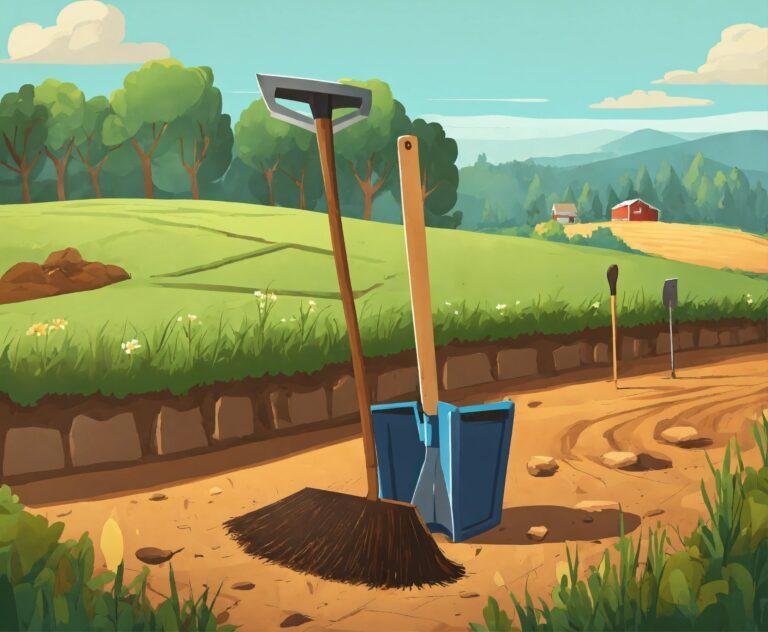Can we grow the Shami plant in-house?
Yes, Shami plants can be grown indoors. They require very little care and can thrive in a variety of environments. If you are looking for a low-maintenance houseplant that will add some greenery to your home, consider growing a Shami plant.

What is shami plant?
The shami plant is a small, flowering shrub that is native to Africa. It has long been used as a herbal remedy for various ailments, and is also known as the African lily or the African violets. The shami plant has a wide variety of uses, including being used as an ornamental plant, a groundcover, and a source of food for livestock.
Why people want to grow shami plant?
The shami plant, also known as the Senna plant, is a popular ornamental plant that is often used in landscaping. This plant is native to the tropical and subtropical regions of Africa and Asia, and it has been introduced to many other parts of the world. The shami plant is known for its showy flowers and its ability to grow in a wide range of climates.
The shami plant is popular among gardeners because it is relatively easy to grow and care for. This plant does not require a lot of water or fertilizer, and it can tolerate a wide range of temperatures. The shami plant can also be grown in containers, making it an ideal choice for those who want to add a bit of color to their patio or balcony.
Where does shami plant grow best?
The shami plant is a member of the legume family and is native to the Mediterranean region. It is a hardy plant that can grow in a variety of climates and soil types. The shami plant prefers full sun and well-drained soil. It is tolerant of drought and can even grow in sandy or poor-quality soils. The shami plant is a fast-growing, woody shrub that can reach up to 6 feet in height. It has small, dark green leaves and clusters of small, white flowers. The shami plant blooms from spring to summer and produces small, brown seeds that are used in cooking.
What type of soil does shami plant need?
The shami plant is a tropical plant that grows best in sandy, well-drained soils. It does not tolerate clay or heavy soils. If you are growing shami in a pot, be sure to use a potting mix that is designed for cacti and succulents.
How often should you water a shami plant?
Watering a shami plant can be tricky- too little water and the plant will suffer, but too much water can kill the plant. The best way to determine how often to water your shami plant is to feel the soil around the plant. If the soil is dry, watering the plant is necessary. Wait a few days before watering again if the soil is wet.
What are the benefits of growing a shami plant in your house?
Shami plants are not only beautiful, but they are also easy to care for and make great houseplants. They are well known for enhancing indoor air quality and air purification. They are additionally thought to bring luck and riches.
Are there any risks associated with growing a shami plant in your house?
Yes, there are some risks associated with growing shami plants indoors. If the plant is not well-maintained, it can become a health hazard for children and pets. The leaves of the shami plant are poisonous if ingested, and the plant can also cause skin irritation.
Conclusion
If you’re looking for a low-maintenance houseplant that is also beautiful, the shami plant may be a good option for you. These plants are easy to care for and can thrive in a variety of different environments. While they do best in well-lit areas, they can also tolerate lower light levels. So if you’re looking for a plant that will add some life to your home without requiring too much work, the shami plant may be right for you.
10 Signs Your Cat Going Deaf
- 5 best indoor plants to be grown at home
- How can I take care of my petunia flowers?
- How efficient is drip irrigation?
- 10 Ways to Build Soil for Your Organic Garden
- How many types of sugarcane are there?
Discover more from Organic Gardening
Subscribe to get the latest posts to your email.







